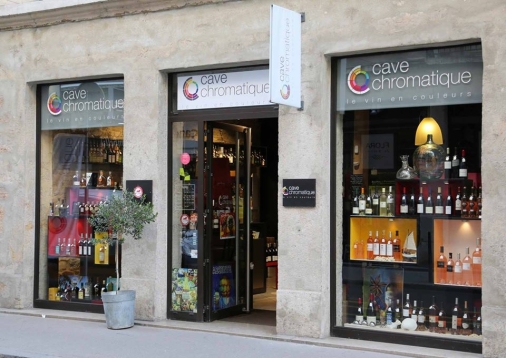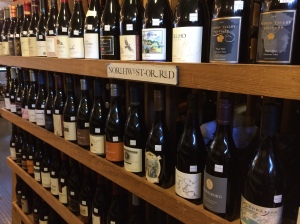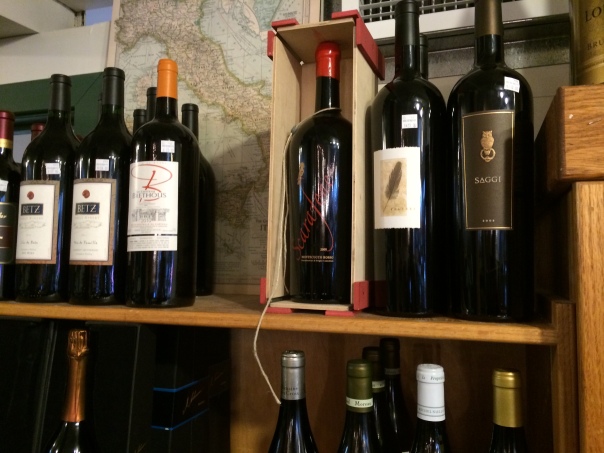“Wine is one of the most civilized things in the world and one of the most natural things of the world that has been brought to the greatest perfection, and it offers a greater range for enjoyment and appreciation than, possibly, any other purely sensory thing.”
~ Ernest Hemingway
As I prepare to travel to Portugal later this month for the MUST Fermenting Ideas Conference (LINK), where new and innovative ideas will be presented and discussed, I can’t help but look at some of the major issues in the wine industry today.
Issues like counterfeiting, fraud, and outright theft are regularly reported here in France and elsewhere. One might actually take that as a positive sign that there is something of great value which is sought after by the criminally inclined. There may well be truth in that, but that is not the kind of thing I am talking about. Even the great scandal of the past year involving the cheating at the Master Sommelier test in the United States (LINK), while closer to the heart of the matter, is not the really big issue, as important as it may be. These kinds of things only affect the upper tier of wine drinkers, not the vast majority.
For me, the big issue is the fact that the industry is pulling in so many directions that it is becoming more and more difficult for wine consumers to have a broad understanding of the world of wine and the enjoyment such awareness brings. This also adversely affects the industry as customer engagement and loyalty wane.
In the United States, the corporatization of the wine industry is having many negative effects. The buying up of labels from shuttered wineries and the conversion of these labels to bottles bulk wines; the “Gallo-ization” of everyday wines; the failure to support labeling regulation policies; and crazy shipping restrictions due to the efforts of regional distributors’ lobbying efforts all serve to break down trust from consumers. These things also make it difficult for family-run wineries to compete in a market where the deck is stacked in favor of the big producers.
Additionally, the movement toward a generic kind of wine blend for the American palate (again, thanks Gallo et all, although wine critics have a hand in this as well), which is opposite of what is happening in the beer industry, where craft beers are gaining market share to the point that they are becoming corporate targets, has also made it harder for the average consumer to explore different styles of the winemaker’s craft. More and more with New World wines and US red wines especially, everything at $12 and under, tastes the same.
The oases from all of this are the smaller wine shops and non-chain restaurants where wine lists are chosen to match the menu, not to maximize buying power. I routinely encourage younger wine drinkers to go to local shops and talk to the staff, who will give good advice about wines regardless of one’s budget. If someone find that they like wine and are interested in exploring it further, local wine shops are a great place to begin. I still rely on my wine cave in Lyon to help me sort through the myriad labels from local wine regions – their advice is worth an extra euro or two per bottle that I may pay over supermarket wines. The same is true in the US and UK.
NOTE: my wife and I have a budget for everyday wine in the 7€ to 15€ range (about $8 to $18). Our go-to Provencal rosé for this summer costs only 6€99. We find that we can get very good wines in this price range here in France – with the advice of our cavistes. We do occasionally splurge for more expensive wines, of course.
On a larger scale, the wine industry would do well to create a more welcoming invitation to wine enjoyment than the usual bifurcated choice of cheap wine laden with additives or more expensive options often marketed for snob appeal. If labeling regulations were supported by the industry, many people who choose to eat healthily would see that their organic food choices are all too often negated by chemical-laden cheap wines. Many of today’s consumers are more health-conscious and the wine industry is doing them few favors by not supporting labeling requirements.

The period of continual growth for the industry seems to be over, meaning that attracting new customers will require more than just putting wines on shelves. Making wine an everyday beverage, as it is in much of Europe, will necessitate a more welcoming and egalitarian approach and require more attention to health concerns. Seeing wine as food seems like a good place to begin.
More to come on all this, but I am interested in any comments you have. I you will be at MUST – see you there!
Copyright 2019 – Jim Lockard

























 Shop
Shop 








